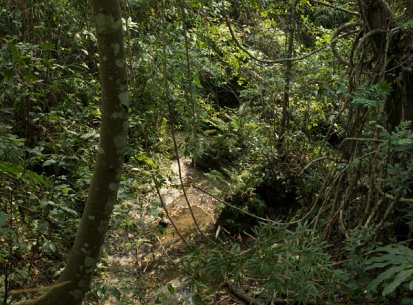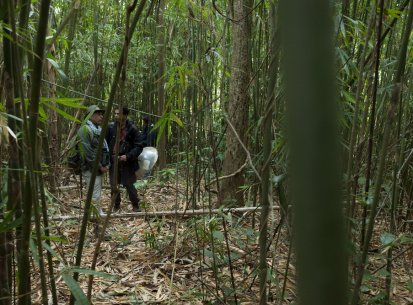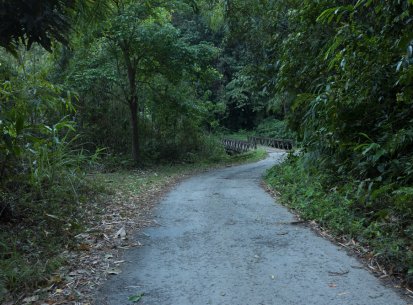Mizoram, Apr 2017
(This is a modified version of Atul Jain’s trip report on Delhibird).
Atul Jain, Shashank Dalvi, Manish Shah and I spent a week birding in Dampa Tiger Reserve and Blue Mountain (Phawngpui) NP in Mizoram in early April, 2017. Dampa borders Bangladesh and Phawngpui borders Myanmar. Both parks are remote with reasonable logistical challenges. Both places have been infrequently birded. This was our 2nd trip to Mizoram — in Jan 2011 Atul, Shashank and I had visited Murlen National Park in an other corner of the state.
The first breakthrough was to nail a good cabbie and this was achieved through the trusted Help Tourism. We finalised Evergreen Tours and Travels with highly enterprising brothers (Maliana and Zoma), being our driver guides.
Dampa was a back-breaking 5-hour drive straight from Lengpui airport (20km north of the capital Aizawl). We crossed West Phaileng, the park HQ, enroute to Terei FRH which was a pleasant surprise — clean rooms, a competent cook (certified by Atul ‘Fried Rice’ Jain) and good birding in the vicinity. My first lifer, Yellow-vented Flowerpecker, was from the campus. We spent a forenoon looking for the Blue Pitta, which was not to be. The highlight of the trip though was a trek up (and through) a stream in dense primary evergreen and bamboo forests. A tough yet fun climb. The peregrine image in the gallery marks the first picture of the Blue Mountain leg. Earlier images are from Dampa and while driving.
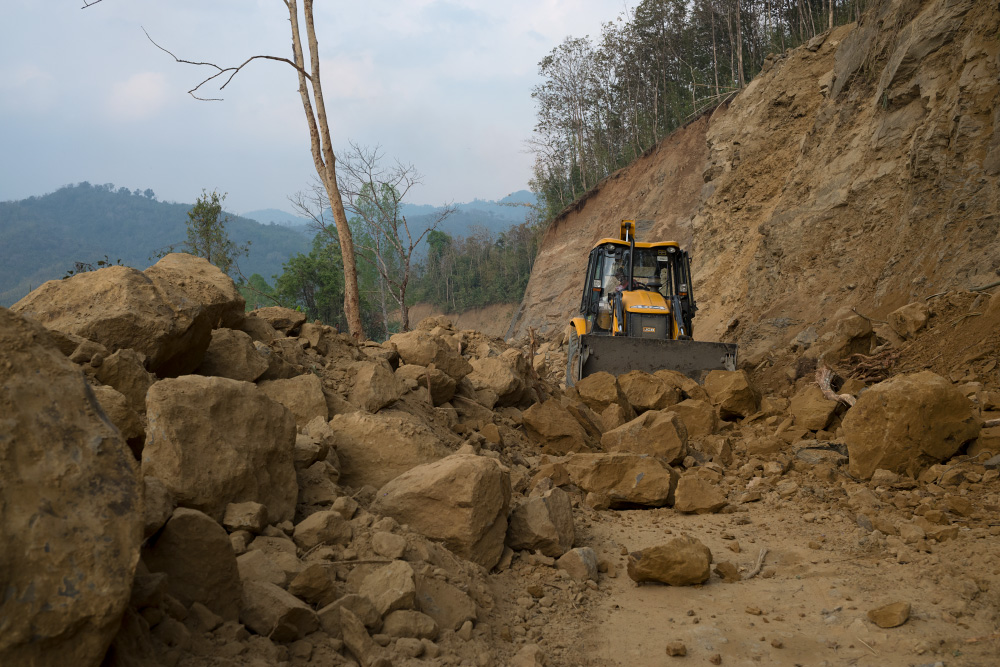
The whole of Mizoram’s road network is being upgraded 🙁
The drive back to Aizawl was in pouring rain / hail and dampened our sprits about the future birding prospects. The saving grace was the govt. tourist lodge in Aizawl; which was a nice refuge with clean rooms and decent food (ie fried rice). The next day we left while it was still dark and raining. The long 12-hour drive was made easy thanks to Zoma’s car audio collection. The tourist lodge at Sangau was perched on top of a small hill. It continued to be dark, rainy and depressing. We were met by the Range Officer with the bad news that we cannot go up to the Farpak FRH (approx 14km drive) because of slippery road conditions. We had no option but to stay put in Sangau.
The next morning was still cloudy and rainy and we were waiting for a brief window of clear weather. Our luggage was loaded in a 4×4 and we left at the first opportunity, most of us at the back of the truck in the flatbed. However, the 4×4 took us only till Thaltlang village – the last village before the park; exactly half the distance. Porters were hired and we completed the rest of the journey on foot. It was a 7km uphill walk to Farpak, of moderate difficulty. Thankfully, the weather fully cleared up and birding was great. We were in reasonably undisturbed habitat and Shashank took over the proceedings, having fully shaken off his travel-sickness induced slumber. We were were rewarded with specialties like Chin Hills Wren-babbler, Manipur/Hume’s Treecrepper, Golden and Rufous-capped babblers, all three shrike-babblers, Crested Finchbill, Flavescent bulbul, Mountain tailorbird, among other NE birds. It was getting dark when we arrived at the Farpak FRH.
The ‘new’ Farpak FRH was set amidst rolling grasslands on a table top mountain with steep and jagged cliffs descending on three sides. The fourth side went up towards the Blue Mountain peak (Mizoram’s highest). This could easily be one of the prettiest forest rest houses in the country! The amenities were basic and food was the low point of the stay though Zoma proved to be a hero by making his life’s first rotis going way beyond his job description!
The next 3-days were spent birding on different trails (and in top weather) and we were lucky with Spot-breasted Parrotbill, Nepal House Martin (nesting on the cliffs), Brown and Russet Bush-warblers, Black-throated Prinia (khasiana ssp), Slaty-blue Flycatcher, Lesser Shortwing, Mountain Bamboo Partridge, Slender-billed Scimitar-babbler, Peregrine Falcons, Black Kite, a solitary Black Stork and a very close (but invisible) Blyth’s tragopan.
No signs of Mrs. Hume’s Pheasant, Mount Victoria Babax and Black-throated Parrotbills — coveted species that took a lot of our time and effort but drew a naught. Next time, maybe!





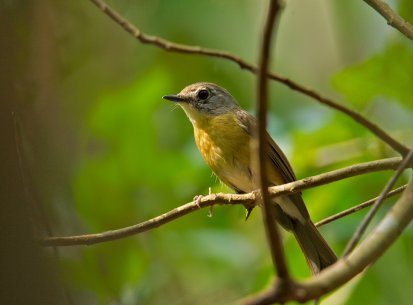
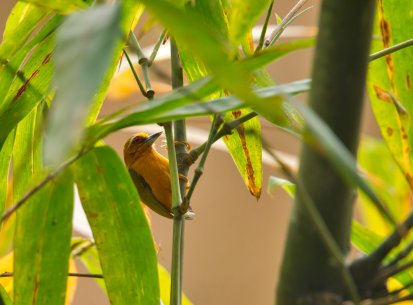
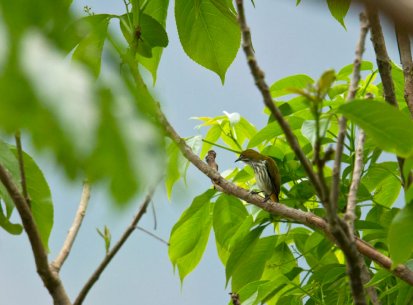
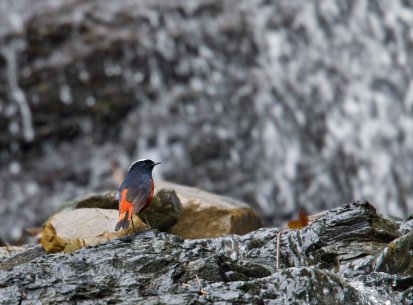
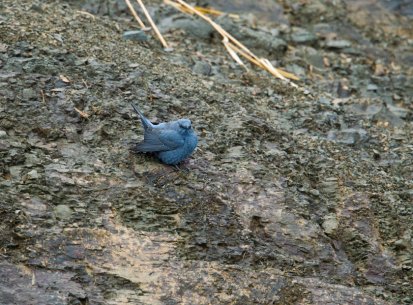
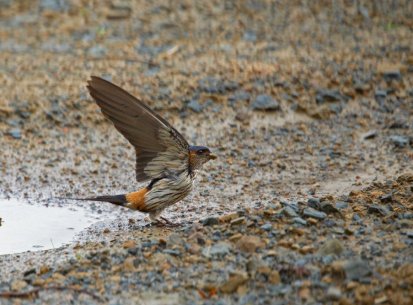
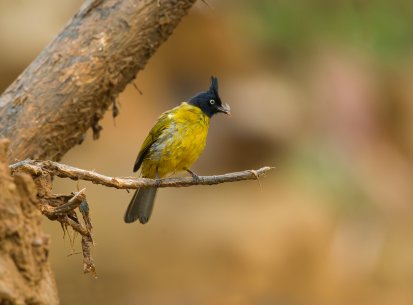
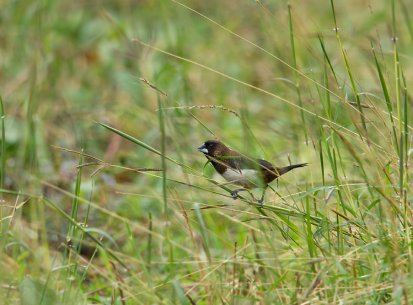
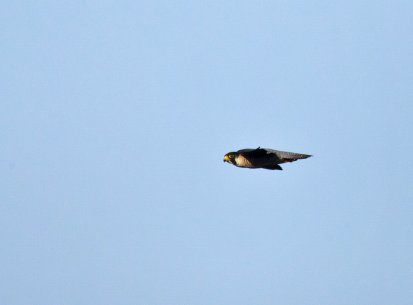
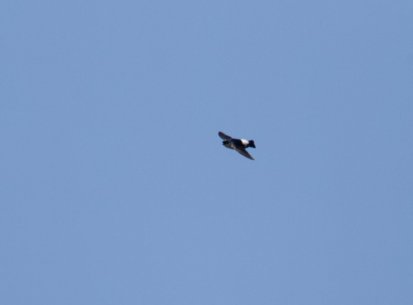
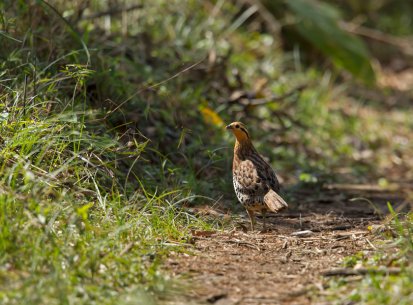
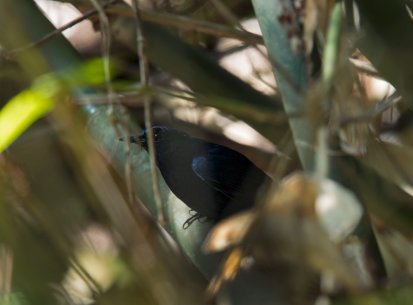
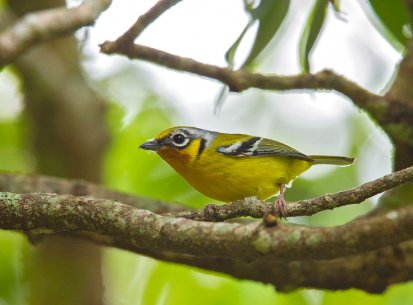
![Blyth's [white-browed] Shrike Babbler](https://wildventures.com/wp-content/uploads/2017/04/Blyths-Shrike-Babbler-413x305.jpg)
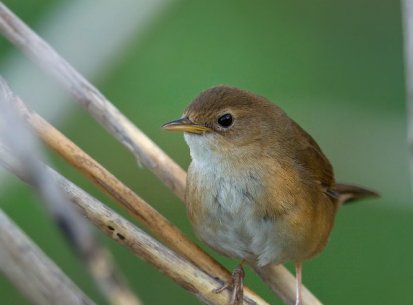
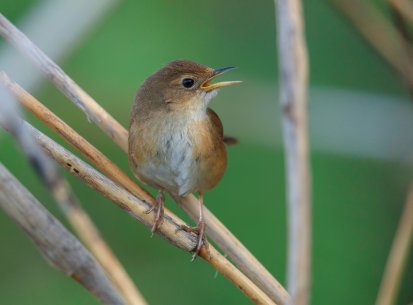
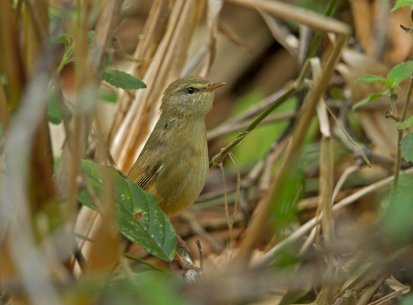
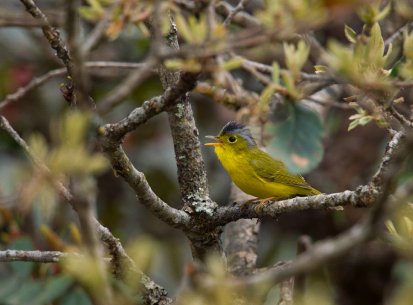
![Whistler's Warbler [nemoralis ssp]](https://wildventures.com/wp-content/uploads/2017/04/Seicercus1-413x305.jpg)
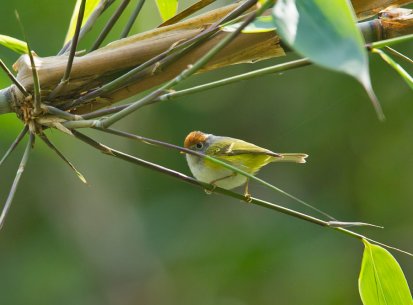
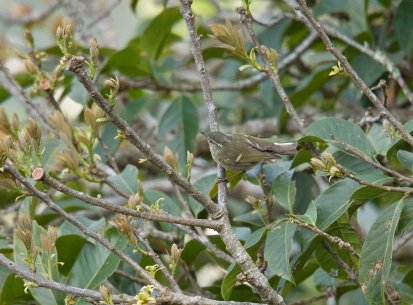
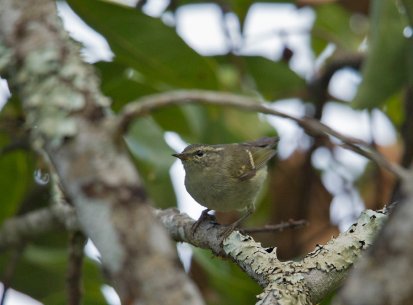
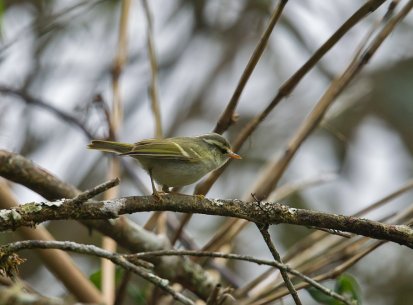
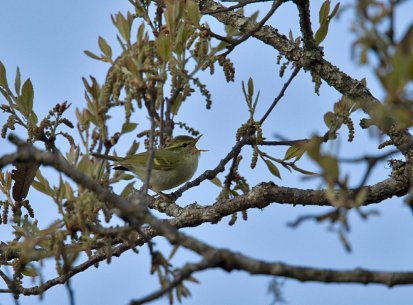
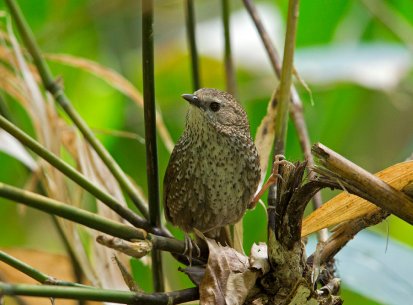
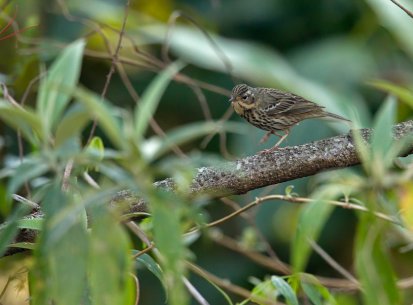
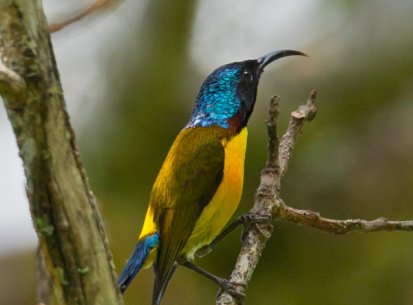
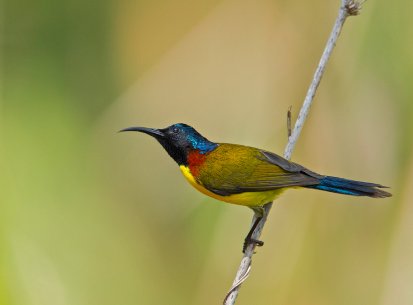
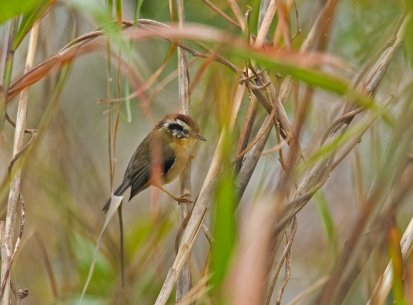
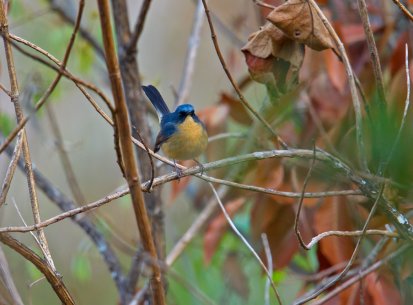
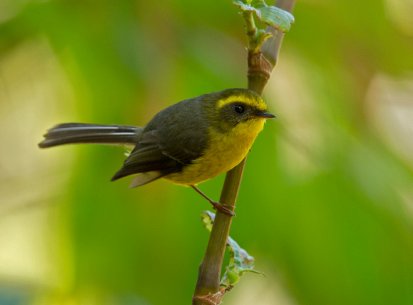
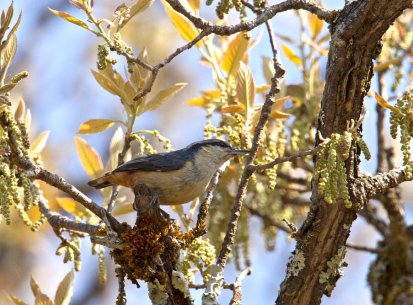
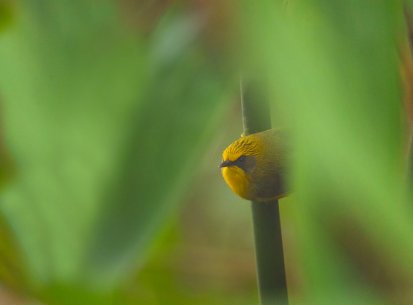
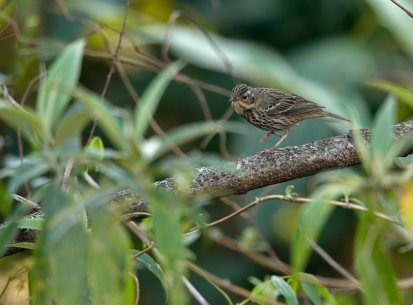
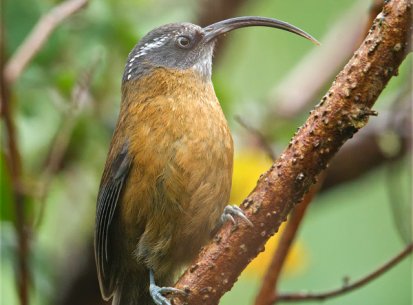
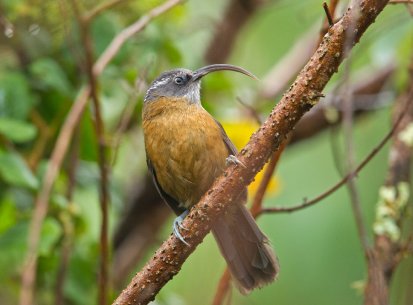
![Hume's [Manipur] Treecreeper](https://wildventures.com/wp-content/uploads/2017/04/Tree-creeper-4-413x305.jpg)
![Hume's [Manipur] Treecreeper](https://wildventures.com/wp-content/uploads/2017/04/Tree-creeper-3-413x305.jpg)
![Hume's [Manipur] Treecreeper](https://wildventures.com/wp-content/uploads/2017/04/Tree-creeper-1-413x305.jpg)
![Hume's [Manipur] Treecreeper](https://wildventures.com/wp-content/uploads/2017/04/Tree-creeper-2-413x305.jpg)
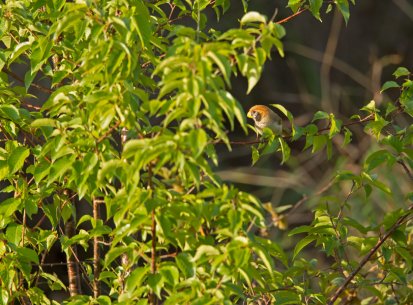
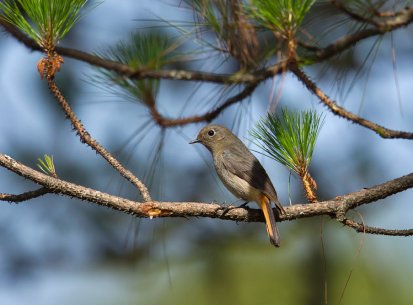
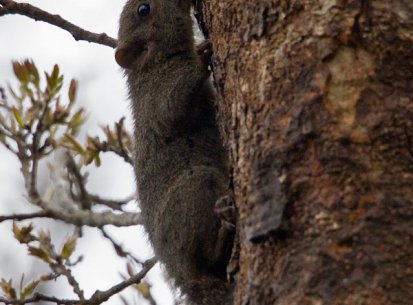
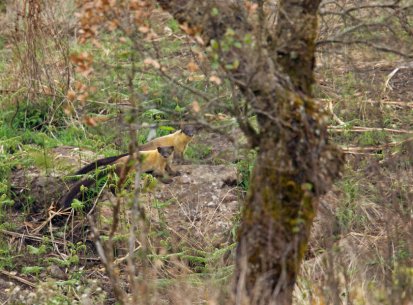
![Blue Mountain [Phawngpui] NP](https://wildventures.com/wp-content/uploads/2017/04/L1000166-413x305.jpg)
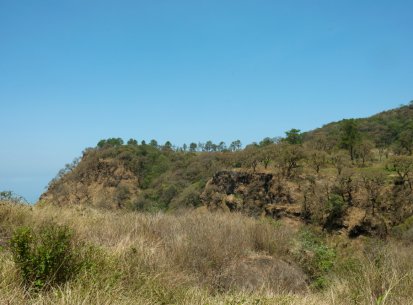
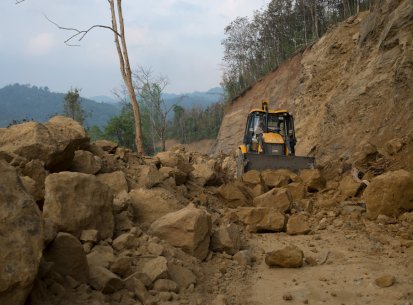
![Blue Mountain [Phawngpui] NP](https://wildventures.com/wp-content/uploads/2017/04/L1000143-413x305.jpg)
![Blue Mountain [Phawngpui] NP](https://wildventures.com/wp-content/uploads/2017/04/L1000157-413x305.jpg)
![Blue Mountain [Phawngpui] NP](https://wildventures.com/wp-content/uploads/2017/04/L1000184-413x305.jpg)
![Blue Mountain [Phawngpui] NP](https://wildventures.com/wp-content/uploads/2017/04/L1000200-413x305.jpg)
![Blue Mountain [Phawngpui] NP](https://wildventures.com/wp-content/uploads/2017/04/L1000204-413x305.jpg)
![Blue Mountain [Phawngpui] NP](https://wildventures.com/wp-content/uploads/2017/04/L1000283-413x305.jpg)
![Blue Mountain [Phawngpui] NP](https://wildventures.com/wp-content/uploads/2017/04/L1000291-413x305.jpg)
![Blue Mountain [Phawngpui] NP](https://wildventures.com/wp-content/uploads/2017/04/L1000293-413x305.jpg)
![Blue Mountain [Phawngpui] NP](https://wildventures.com/wp-content/uploads/2017/04/L1000188-413x305.jpg)
![Blue Mountain [Phawngpui] NP](https://wildventures.com/wp-content/uploads/2017/04/L1000179-413x305.jpg)
![Blue Mountain [Phawngpui] NP](https://wildventures.com/wp-content/uploads/2017/04/Phawngpui-413x305.jpg)
![Blue Mountain [Phawngpui] NP](https://wildventures.com/wp-content/uploads/2017/04/L1000209-413x305.jpg)
![Blue Mountain [Phawngpui] NP](https://wildventures.com/wp-content/uploads/2017/04/L1000197-413x305.jpg)
![Blue Mountain [Phawngpui] NP](https://wildventures.com/wp-content/uploads/2017/04/L1000191-413x305.jpg)
![Blue Mountain [Phawngpui] NP](https://wildventures.com/wp-content/uploads/2017/04/L1000173-413x305.jpg)
![Blue Mountain [Phawngpui] NP](https://wildventures.com/wp-content/uploads/2017/04/L1000122-413x305.jpg)
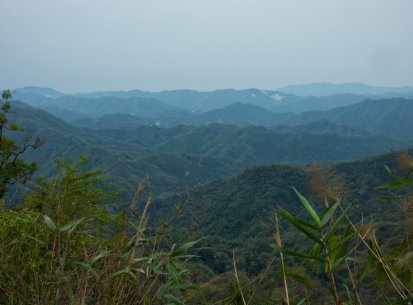
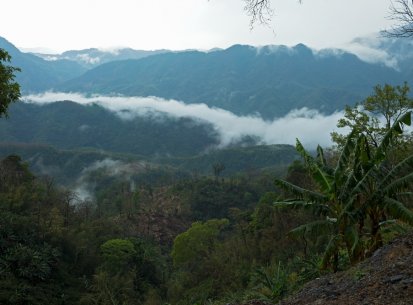
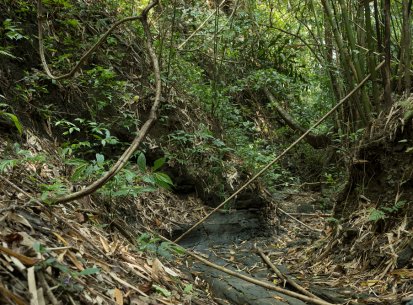
![Blue Mountain [Phawngpui] NP](https://wildventures.com/wp-content/uploads/2017/04/L1000144-413x305.jpg)
![Blue Mountain [Phawngpui] NP](https://wildventures.com/wp-content/uploads/2017/04/L1000138-413x305.jpg)
![Blue Mountain [Phawngpui] NP](https://wildventures.com/wp-content/uploads/2017/04/L1000135-413x305.jpg)
